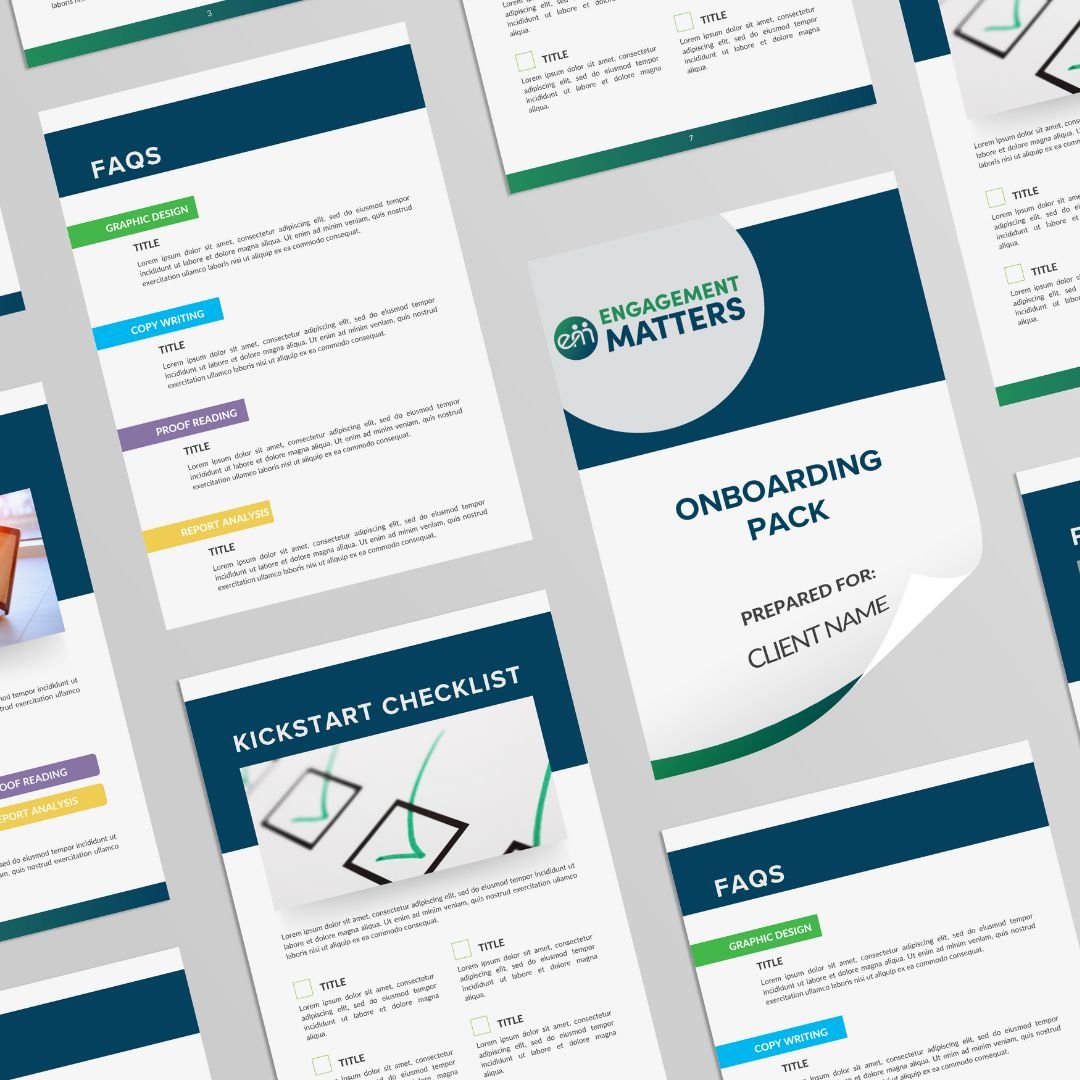How to choose brand colours
Colours are an easy way to convey your brand message, so understandably picking the perfect colour palette can be a little nerve-racking. Whether your launching your brand or rebranding, it’s a choice you will be committed to for some time, so it’s imperative you get it right!
The brand colours you decide on will be strategically used to develop your logo, your website, business cards, utilised across social media, print & digital marketing….. the list goes on.
To create a brand identity that pops, we’ve put together a quick guide to help you get your colour palette just right!
Understand the psychology of colour
To understand how colours affect customer perceptions and behaviours, click here to read our blog on The Psychology of Colour. The colours of your brand need to reflect the values and messaging you wish to put across, so you’ll need to put thought into the ‘characteristics’ of your brand and your points of difference to your competition.
Research and look for inspiration
Pu aside time for a re-con mission; check out your competitors and the colours they have chosen to represent their brand and products. If you find that your competitors are using similar colours to one another, it might be worth selecting colours that reflect your point of difference.
A good example here is New Zealand Butter. Many brands (Anchor, Tararua, Meadowlea & Countrysoft) have choosen to use various shades and tones of yellow and red to reflect their product. Market competitor Lewis Road Creamy, has chosen to standout on the shelf and follow in the footsteps of European brand Lurpak opting for a Silver wrap with pops of blue, red or yellow text.
Pick a core colour
You primary or base colour is going to be the one colour that reflects your strongest brand characteristic, and the one most associated to your brand. To find the perfect hue, have a play around with different shades and tones; from bright and cheerful, to moody and dark.
Popular brands as an example; Coca-Cola (red), Cadbury (purple) Apple (black)
Select secondary colours
Popular recommendations here is selecting between two and four colours to compliment your primary colour. You can either use these colours alongside your core colour, as part of your logo for example, or independantly but consistently as part of your overall branding kit.
When deciding on secondary colours, use the information below to help guide you to achieve a cohesive look and feel.
Monochromatic Colour Palette : This option consists of 3-7 variations of darker and lighter shades of your primary colour.
Complimentary / Split-Complimentary Colour Palette : Complimentary hues will sit opposite your primary colour on a colour wheel. For split-complimentary colours, you’ll find these on wither side of the complimentary colour.
Analogous Colour Palette : These hues have similarities and a close relationship as they lay next to each other on the colour wheel. Blue, blue-violet, violet or yellow, yellow-orange, orange
Neutrals : While you are putting together your brand colours, don’t forget to select a complimentary neutral. These are usually black, white or shades of grey and used as your font colours or in the background of your brand assets.
Put them to the test
Once you have made you colour choices, you must try them out to see how they work together. If you are building a website, do a mock-up page utilising the colours. Create social media tiles in Canva, too ensure that the colours are easy on the eye and allow the consumer to easily read text.
Ask yourself, is this the look and fell that I want my business to convey? Am I getting my visual message across accurately.
If you need some help with a design project and are struggling to choose the right colour palette, get in touch. We would love to help!







